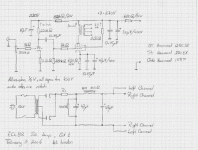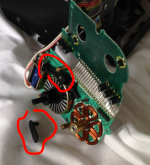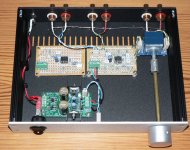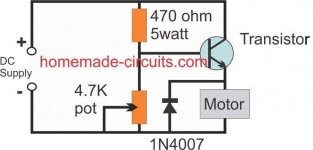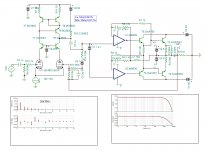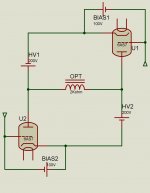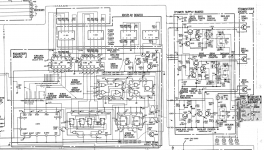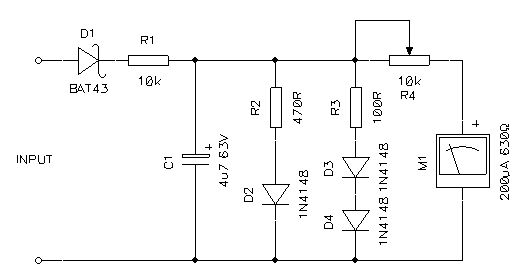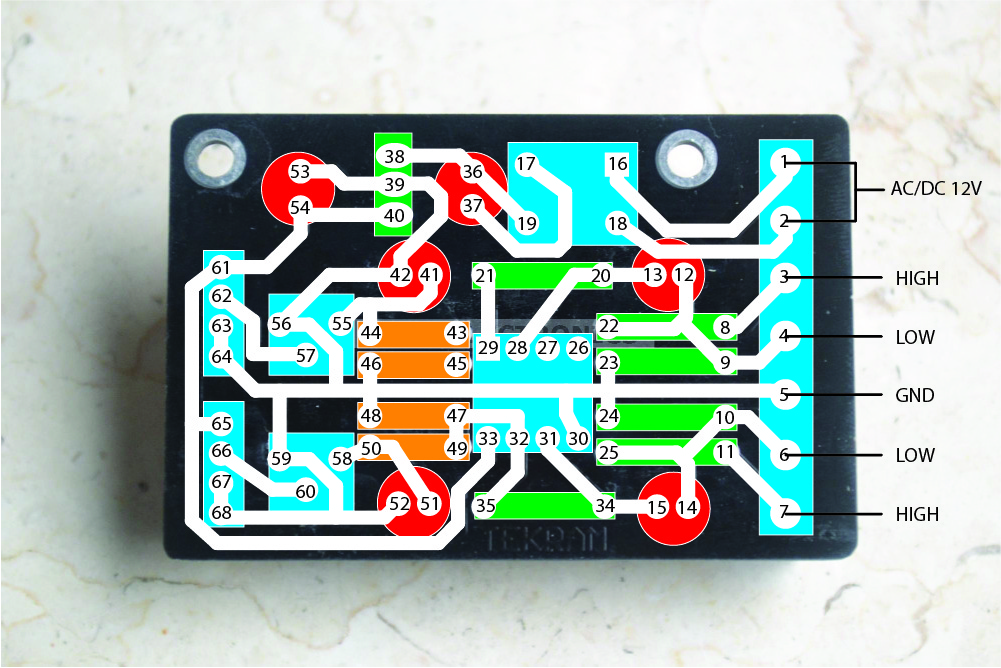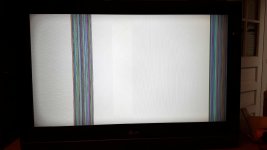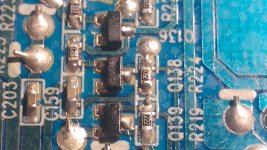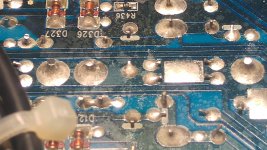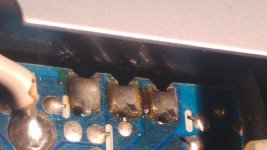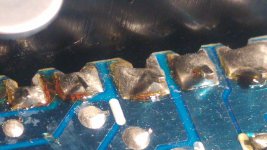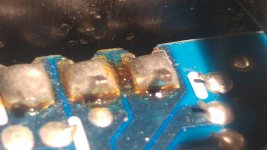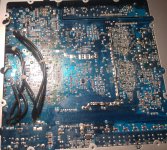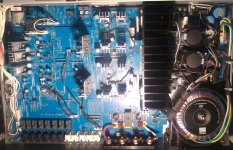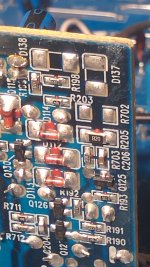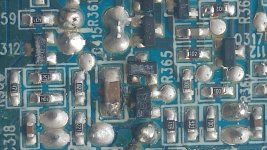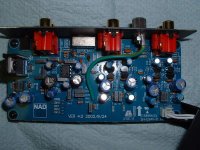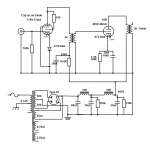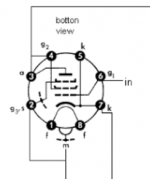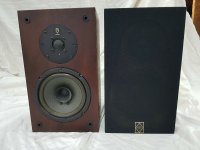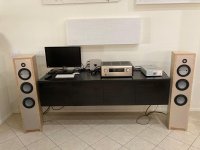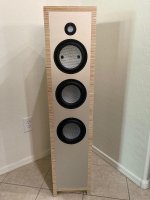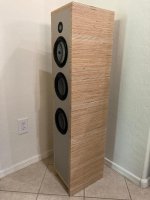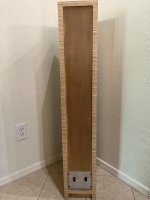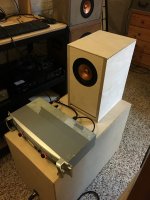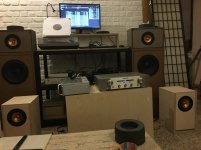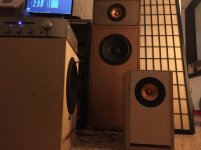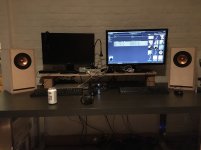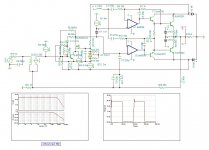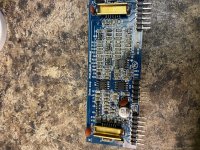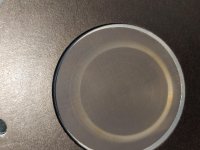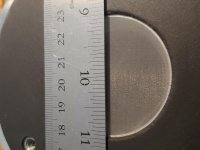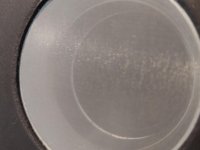Low or crackling sound in speakers
- By CarlosCruz
- Solid State
- 3 Replies
Good morning,
I've recently bought an Audio-Technica turntable (it should arrive next week) so I decided to retrieve my father's integrated amplifier. It's a Sony LBT-V701, about 20-25 years old, which apparently worked just fine the last time it was used. However, when I plug my smartphone or my Echo Dot into it, the sound that comes through the speakers is either low (when plugged into the CD inputs -there're no AUX input) or crackling (when plugged into the PHONO inputs). I'm using a 3.5 mini-jack and 2x RCA cable. I've tested it with two different pairs of speakers (both came with mini HiFi systems), that work perfectly well except with the amplifier.
I'm not precisely an expert in audio systems, just an amateur, so maybe I'm missing something here. Just to let you know: (1) the volume both in the phone and the amp was turned max; (2) the amp doesn't have a tape monitor switch.
Thank you in advance.
I've recently bought an Audio-Technica turntable (it should arrive next week) so I decided to retrieve my father's integrated amplifier. It's a Sony LBT-V701, about 20-25 years old, which apparently worked just fine the last time it was used. However, when I plug my smartphone or my Echo Dot into it, the sound that comes through the speakers is either low (when plugged into the CD inputs -there're no AUX input) or crackling (when plugged into the PHONO inputs). I'm using a 3.5 mini-jack and 2x RCA cable. I've tested it with two different pairs of speakers (both came with mini HiFi systems), that work perfectly well except with the amplifier.
I'm not precisely an expert in audio systems, just an amateur, so maybe I'm missing something here. Just to let you know: (1) the volume both in the phone and the amp was turned max; (2) the amp doesn't have a tape monitor switch.
Thank you in advance.
